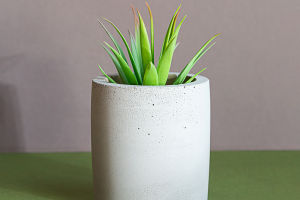Sweater knitting is a practical and artistic craft, having gained significant importance over time in both the fashion world and the field of handicrafts.
Whether it’s a leisurely activity or the creation of a unique gift for family and friends, sweater knitting is filled with creativity and a sense of accomplishment.
Sweater knitting typically uses materials like wool or cotton yarn, which not only have a soft texture but also vary in thickness and warmth, depending on the needs. When selecting the right yarn, knitters must consider the purpose of the sweater and its seasonal use.
For example, a winter sweater might require thick wool, while a lighter one for spring or autumn would use thinner cotton yarn. Additionally, different types of yarn have varying elasticity and comfort during the knitting process, directly influencing the appearance and feel of the final product.
During the process of knitting a sweater, the knitting technique and pattern design are crucial steps. Beginners usually start with basic stitches, such as the knit and purl stitch.
These simple techniques create a smooth sweater surface, while more experienced knitters can attempt more complex stitches, like cable knit or lattice patterns, giving the sweater a more three-dimensional and textured look. Each technique lends the sweater a unique texture and feel, which is part of the charm of hand-knitted sweaters.
Moreover, the structural design of the sweater must be carefully considered. Common sweater styles include pullovers, cardigans, and vests, each with slightly different knitting methods. For instance, pullovers usually start with the body, while cardigans begin at the front panels, ensuring symmetry on both sides.
Vests may simplify the sleeve knitting process but demand precise shaping at the shoulders and neckline. As a result, knitters often design the structure beforehand to ensure the sweater fits well and feels comfortable.
Color selection is another key element in sweater knitting. A single-color sweater may seem simple and elegant, but by skillfully combining multiple colors, one can create pieces with greater visual impact.
For example, a two-tone sweater can add interest through simple stripes, while a multi-colored sweater showcases the knitter’s skill and creativity. For experienced knitters, using gradient colors or geometric patterns can result in a truly unique piece, transforming the sweater into a work of art.
Throughout the knitting process, patience and attention to detail are essential. A small mistake can lead to noticeable errors in the final product, requiring knitters to check each row carefully for accuracy.
This is especially important when knitting complex patterns, where it’s often necessary to count stitches or refer to a design chart. Knitting can be a highly focused task, and even experienced knitters may need to redo certain steps to ensure the sweater turns out flawlessly.
Although modern factory production lines can quickly churn out large quantities of sweaters, the care and individuality that come with handmade sweaters are unmatched by mass-produced items.
Each hand-knitted sweater is one-of-a-kind, carrying the time and effort of the knitter and imbued with a warm and unique emotional value. It is precisely this personalization and uniqueness that make handmade sweaters so cherished even in today’s world.
Sweater knitting is not only a practical skill but also a form of creative expression. Through knitting, crafters can infuse their understanding of life, their sense of fashion, and their love for family into every stitch.
For those who enjoy handcrafts, sweater knitting is not only a great way to pass the time but also a way to share love and warmth. This is why the ancient craft of knitting sweaters continues to hold a place in modern life and is increasingly appreciated and admired.


